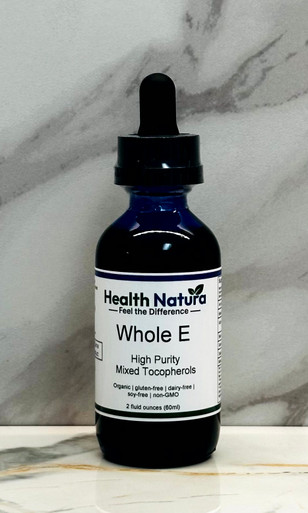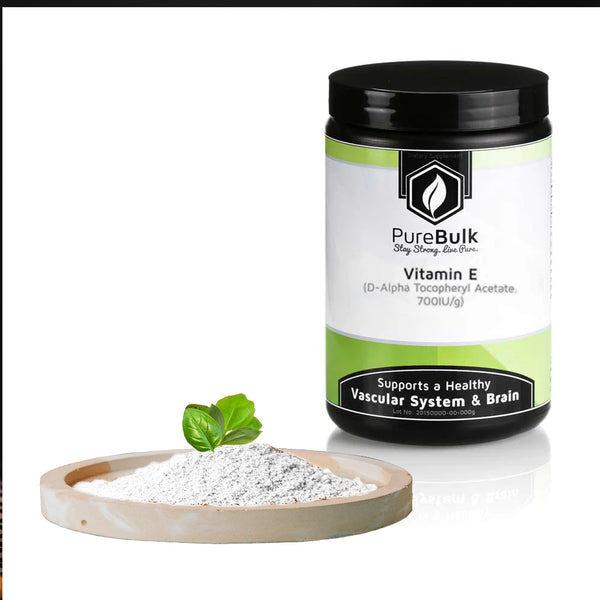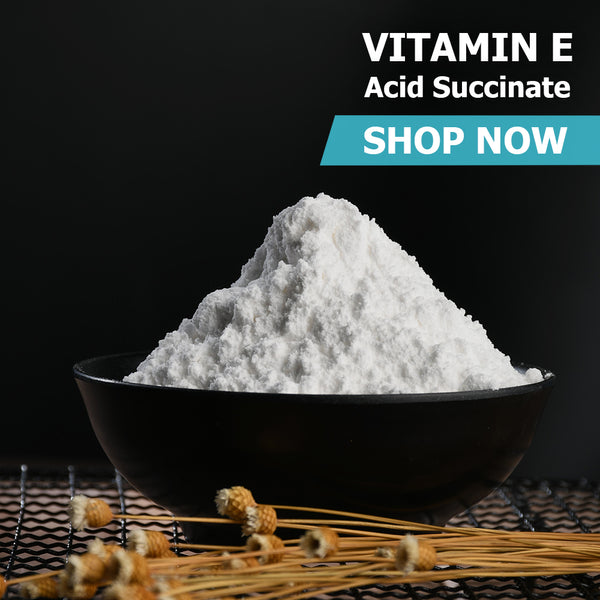***This is from healthnatura:

 healthnatura.com
healthnatura.com

$70
***Haidut’s product
 raypeatforum.com
raypeatforum.com

$40
***Purebulk sells it, the powder form is very cheap. I’m considering mixing it with EVOO in my house. What do you think about that product?

 purebulk.com
purebulk.com

Extremely cheap. Is d-alpha tocopheryl acetate a good form or not?
Which one would you prefer?
Do you know of any other good vitamin E product?

Whole E 2oz
 healthnatura.com
healthnatura.com
$70
***Haidut’s product
TocoVit - Liquid Vitamin E From Wheat Germ Oil
Edit (January 25, 2023): Just a quick note that we have changed the TocoVit formulation to no longer use MCT oil as the solvent/dilutent. Instead, TocoVit now uses extra-virgin organic olive oil (EVOOO) - the same oil used as a solvent in one of the Kuinone formulations. Everything else remains...
$40
***Purebulk sells it, the powder form is very cheap. I’m considering mixing it with EVOO in my house. What do you think about that product?

D-Alpha Tocopheryl Acetate Powder (Vitamin E) (700 IU)
Vitamin E is collective term describing a group of antioxidant compounds called tocopherols and tocotrienols. Get yours at PureBulk, Inc.
Extremely cheap. Is d-alpha tocopheryl acetate a good form or not?
Which one would you prefer?
Do you know of any other good vitamin E product?


